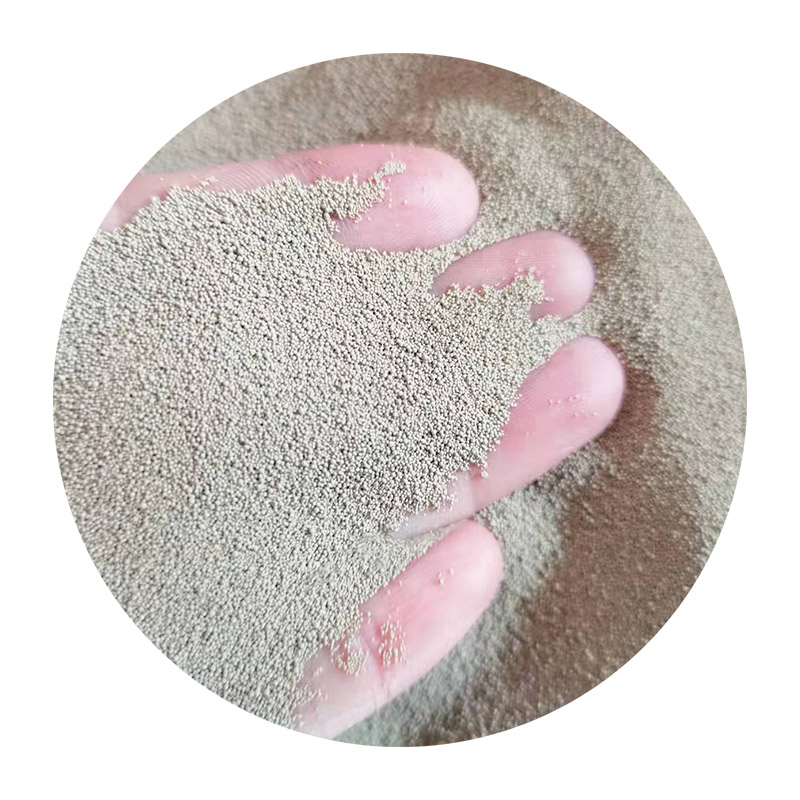Adding Sand to Resin Enhancing Aesthetics and Functionality
In the realm of art, construction, and DIY projects, resin has carved a niche for itself due to its versatility, durability, and aesthetic appeal. However, as creators and builders continuously seek to innovate and improve their craft, the incorporation of various additives into resin has gained popularity. One such additive that has shown remarkable benefits is sand. By adding sand to resin, artisans can achieve both functional advantages and stunning visual effects. This article explores the various reasons why one might consider mixing sand into resin, as well as the practical implications of this technique.
Enhancing Aesthetics
One of the primary reasons for adding sand to resin is to enhance its visual appeal. Sand can introduce texture and depth to a resin project, creating a tactile experience that plain resin often lacks. The combination can mimic the look of natural environments, such as beaches or deserts, making it perfect for artistic endeavors like resin art, coastal-themed decor, or even furniture design. Artists can use different types of sand—such as colored sand or quartz—to create distinct patterns and colors, adding layers of complexity and a sense of dimension to their work.
Practical Applications
In addition to aesthetic benefits, there are practical advantages to incorporating sand into resin. When mixed with epoxy resin, sand can significantly increase the material's strength and durability. This is particularly valuable in construction and repair projects. The added sand can help resist wear and tear, making it a suitable choice for surfaces that face heavy usage or exposure to harsh environmental conditions. For instance, adding sand to resin can create robust surfaces for tabletops, countertops, and even flooring, ensuring they withstand the test of time.
Improving Texture
adding sand to resin

Another notable effect of adding sand to resin is the improvement in texture. By customizing the granularity and composition of the sand, artisans can manipulate the feel of the finished product. Fine sand can create a sleek and smooth surface, while coarser sand can yield a rougher, more tactile finish. This quality can be particularly useful for projects requiring grip, such as skateboard decks or outdoor furniture. The textured surface can help individuals maintain control and prevent slips, enhancing usability in practical applications.
Conservation and Environment
Moreover, using sand in resin can have positive implications for sustainability. As society becomes more aware of its environmental impact, many artists and builders are seeking eco-friendly materials. By utilizing natural sand, which is abundant in nature, creators can minimize their reliance on synthetic additives that may be detrimental to the environment. This shift towards more eco-conscious practices not only preserves natural resources but also appeals to consumers who prioritize sustainable products.
Method of Incorporation
Incorporating sand into resin is a straightforward process, but it requires careful consideration. It is essential to maintain the right ratio for optimal results—typically ranging from 10% to 30% sand by weight, depending on the desired outcome. Additionally, mixing should be done thoroughly to ensure even distribution, preventing clumps and ensuring a consistent texture throughout the project. After mixing, artisans can pour the blend into molds or apply it directly to surfaces, depending on their specific needs.
Conclusion
In summary, adding sand to resin is a technique that not only enhances the visual appeal of projects but also boosts their durability and texture. Whether for artistic expression or practical construction, this method offers a range of benefits that can elevate the final product. As the creative community continues to explore innovative methods and materials, the combination of sand and resin stands out as a versatile solution for achieving both beauty and functionality. Whether you are an artist, a builder, or a DIY enthusiast, consider experimenting with this combination to unlock new possibilities in your next project.
Post time:Aza . 14, 2024 20:16
Next:what is resin coated sand
